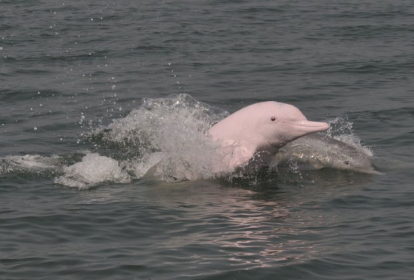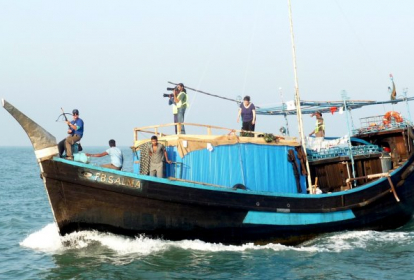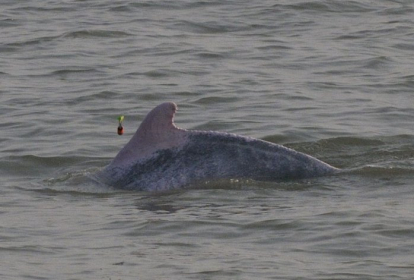|
Principal Investigator: Brian Smith, Wildlife Conservation Society |
|
Funding year: 2011 |
|
Main objectives:
|
|
Main outcomes:
|
|
Reports/Papers: Smith et al. Investigation on the population identity of Indo-Pacific humpback dolphins (Sousa chinensis) in the northern Bay of Bengal, Bangladesh and implications for population-level conservation and taxonomy of the species. Final Report. Click here to read.
|



